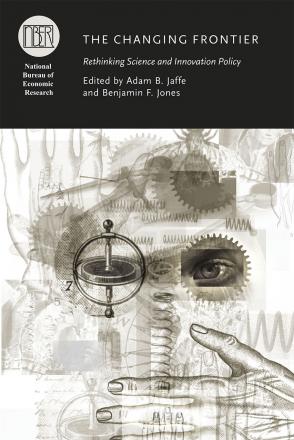Collaboration, Stars, and the Changing Organization of Science: Evidence from Evolutionary Biology

The concentration of research output is declining at the department level but increasing at the individual level. For example, in evolutionary biology, from 1980 to 2000, the fraction of citation-weighted publications produced by the top 20 percent of departments falls from approximately 75 percent to 60 percent but rises for the top 20 percent of individual scientists from 70 percent to 80 percent. This may be due to changing patterns of collaboration, perhaps caused by the rising burden of knowledge and the falling cost of communication, which increase the returns to collaboration. We find that the propensity to collaborate is rising over time and the nature of collaboration is changing. The geographic distance and the difference in institution rank between collaborators is increasing. The relative size of the pool of potential distant collaborators for star versus non-star scientists is rising. We develop a simple model based on star advantage in terms of opportunities for collaboration that provides a unified explanation for these facts. Finally, considering the effect of individual location decisions of stars on the overall distribution of human capital, we speculate on the efficiency of the emerging distribution of scientific activity, given the localized externalities generated by stars and the increasing returns to distant collaboration.
-
-
Copy CitationAjay Agrawal, John McHale, and Alexander Oettl, The Changing Frontier: Rethinking Science and Innovation Policy (University of Chicago Press, 2014), chap. 3, https://www.nber.org/books-and-chapters/changing-frontier-rethinking-science-and-innovation-policy/collaboration-stars-and-changing-organization-science-evidence-evolutionary-biology.Download Citation
-


